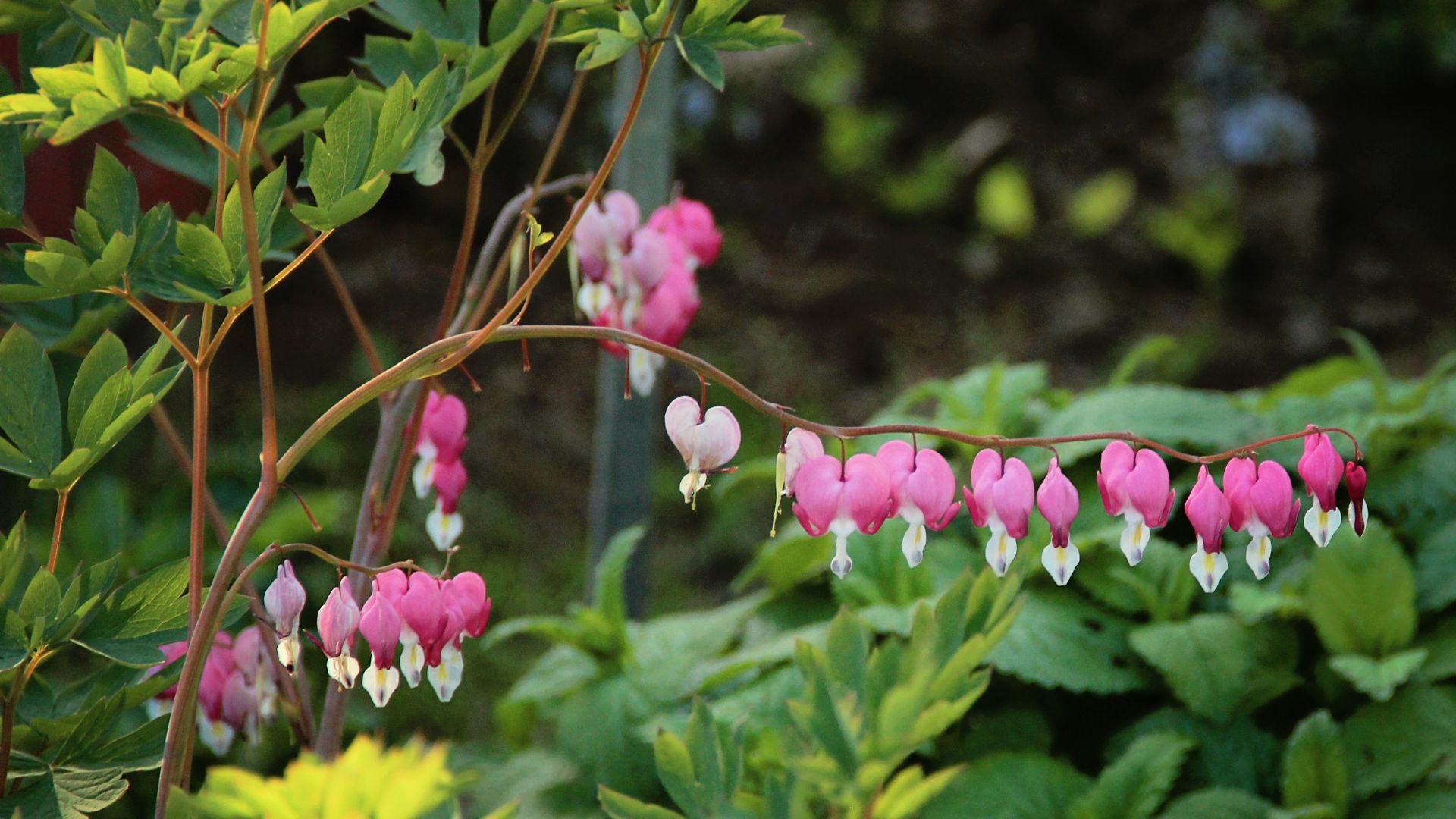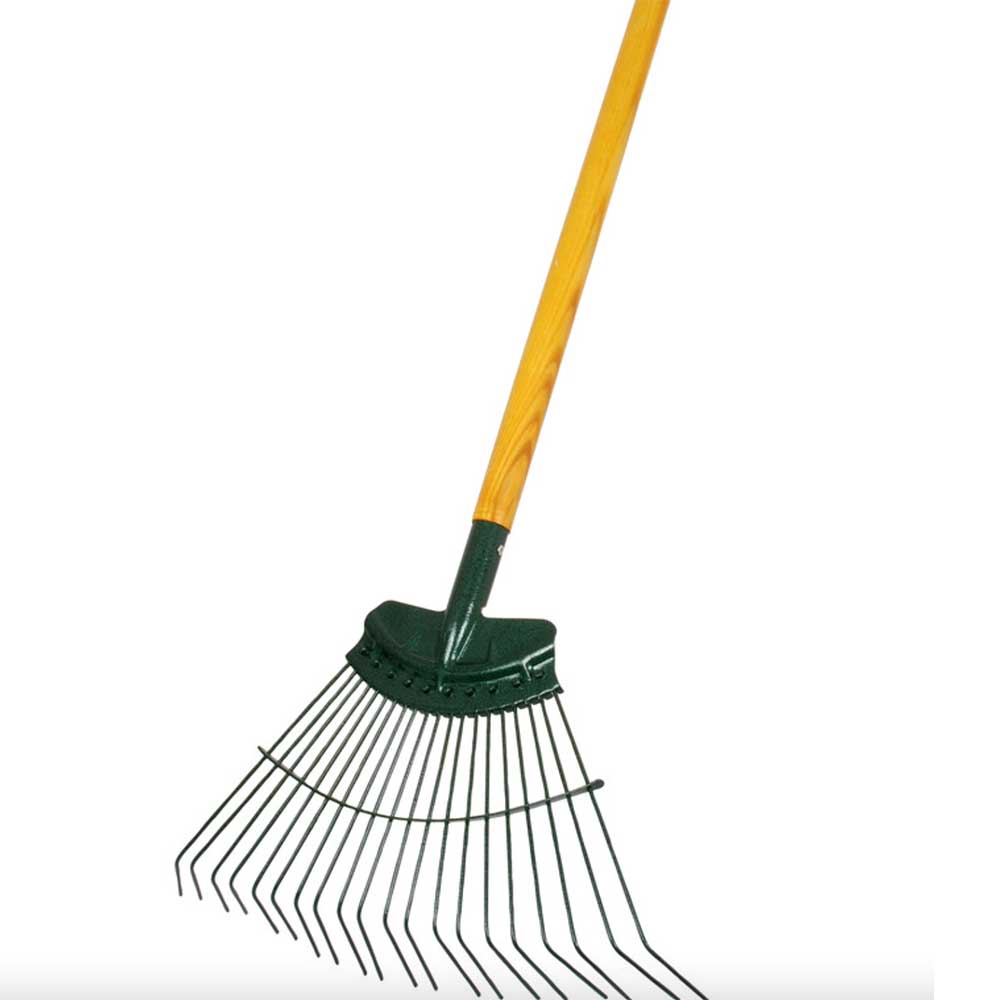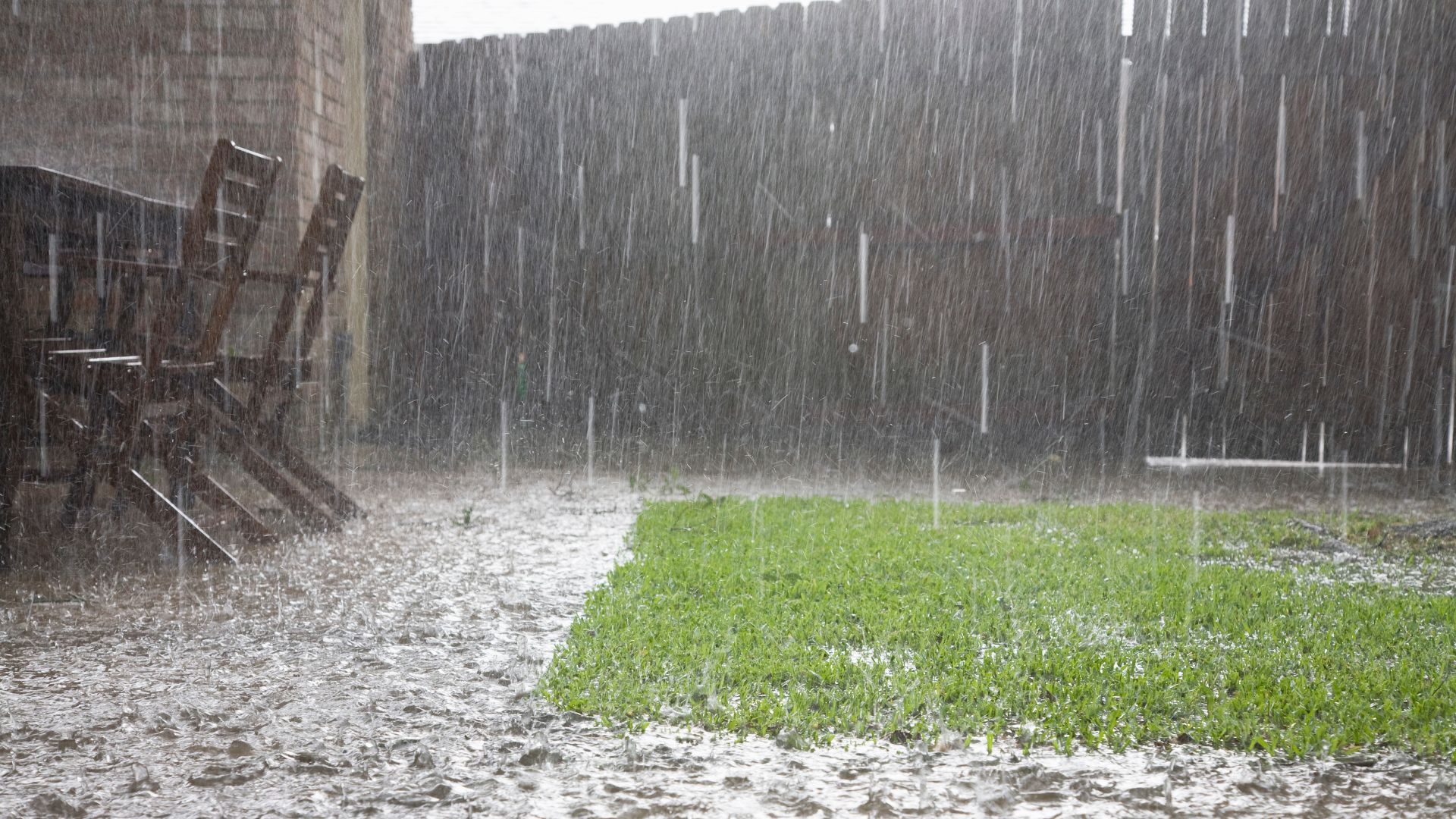It’s no secret that gardens in the UK are exposed to a lot of heavy rainfall. It can be challenging to keep your plants happy with such weather, so why not choose rain-loving plants instead?
When the winter weather hits, it’s almost impossible to protect your garden from heavy rain and flooding. This type of weather can be damaging for your plants, especially if they’re drought-tolerant plants. And if you live in a particularly wet climate, it’s much easier to change the types of plants you have in your garden.
You may like
The 5 best plants for wet gardens
Sometimes the best way to deal with wet weather is to embrace it. When it comes to heavy rain, adding a rain chain and planting specific plants is the easiest way, especially when you live in particularly wet areas of the UK.
So if you’re tired of seeing your plants fade away in the rain, try planting these water-loving plants.
1. Hostas

Lush Hosta plants in a garden border
(Image credit: Getty Images)
Not only are hostas a fantastic plant for shade, they’re also happy in the soggiest of gardens. Making them a great addition for spaces prone to flooding and with minimal sunlight.
“With their big, bold leaves and a wide range of varieties, Hostas flourish in wet ground and shaded areas. They soak up the moisture and add lush foliage to soggy borders,” explains Nick Wood, flower and plant expert at GardeningExpress.co.uk
2. Hydrangea
Hydrangeas are a garden staple and a fast-growing shrub that is able to thrive in wetter conditions. Just make sure you know how to prune hydrangeas, as that will keep them happier for longer.
“Hydrangeas are moisture-loving shrubs that reward wet weather with large, vibrant flower heads. They can handle rainfall well and bring a burst of colour to damp gardens,” says Nick.
3. Bleeding heart

Beautiful Bleeding Heart plant in the garden
(Image credit: Getty Images)
Aside from being one of the best climbing plants that can add a pop of colour to your garden, Bleeding Hearts are also great in wet gardens.
“This striking plant produces delicate, heart-shaped flowers and actually prefers moist soil. It performs best in damp, shady areas, where its unique blooms can really stand out,” says Nick.
4. Bistort
“Bistorts are hardy perennials that thrive in damp soil and can even tolerate boggy conditions. Its pink flower spikes brighten up wet corners and attract pollinators throughout summer,” Nick points out.
Along with being great for wet gardens and one of the best plants for pollinators, Bistorts are good cutting plants to have in your space. They’ll provide lots of flowers and, in turn, lots of colour.
5. Primula

Pretty Primulas adding colour to a garden border
(Image credit: Getty Images)
Primulas are hardy perennials that return year after year in your garden. They’re a good choice if you’re looking to transform your garden on a budget.
“These classic spring blooms are well-suited to wet, shady patches. Many varieties, including the Candelabra Primulas, flourish in waterlogged conditions and bring vibrant early-season colour,” states Nick.
Shop gardening essentials

Garden Trowel
Wilkinson Sword
Stainless Steel Trowel
RRP: £7.29 | This sturdy stainless steel tool is a great all-rounder for gardening tasks, and super easy to use and store thanks to the leather hanging strap.

Amazon’s Choice
Spear & Jackson
Razorsharp Advantage Bypass Secateurs
RRP: £9.19 | These well-rated secateurs have rust-resistant blades, ergonomic handles, and are easy to spot if you drop them in your flower bed.

Garden rake
RRP: £22.48 | This model’s head has 20 oil-treated tines for extra strength, making it ideal for removing grass clippings, dead grass, moss, or leaves.
FAQsWhat is the best plant to grow in wet soil?
If you’re looking to sort the garden out and tailor it more appropriately to the rainy weather, then you may be wondering what the best plant to start with is.
“If I had to choose one standout plant, Hydrangea would be my top pick. It flourishes in rich, moist soil and grows large, long-lasting flower clusters that shift colour with the soil’s pH,” says Judy Severns, owner of Bashful Daisy Florist.
“They’re low-maintenance once established and bring structure and softness to your garden space,” she adds.
You can even learn how to take hydrangea cuttings and maximise the amount of blooms you have in your garden. All without spending an extra penny.

(Image credit: Getty Images)
What plant soaks up the most water?
If your garden is particularly prone to flooding and copious amounts of rain, choosing plants that absorb moisture is key.
“For maximum water absorption, plant large, fast-growing varieties like Willows or Dogwood,” recommends Liam Cleary, Outdoor Plants Expert at Old Railway Line Garden Centre. “These are superb at evapotranspiration and should be used in any damp areas or rain gardens to naturally draw excess moisture from the ground.”
Dogwoods are particularly great if you want a plant that flowers nonstop, making your garden vibrant all year round.
How to manage a wet garden?
Knowing how to manage a wet garden comes with its own set of challenges, similar to knowing how to create a drought-tolerant one.
“The most effective management involves improving drainage and working with the water. Start by adding lots of well-rotted organic matter to the soil to improve its structure,” says Liam.
“Where water naturally pools, transform that area into a designated bog garden using moisture-loving plants to soak up the excess water,” he adds.
Before you choose what to plant in your garden, it’s a good idea to know your soil type. That way you can sow appropriate seeds and plant the right seedlings, ensuring your garden thrives no matter the weather.


Comments are closed.